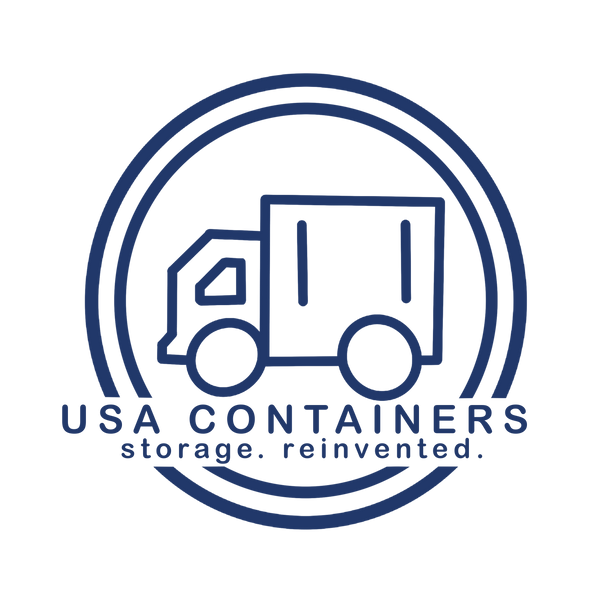
Picking Up a Shipping Container from the Depot: What You Need to Know
Share
So, you’ve ordered a shipping container and now it’s time to go pick it up. Sounds simple enough: show up at the depot, sign some paperwork, get the container loaded on your trailer, and head out. Right?
Not exactly.
Transporting a container isn’t like picking up a rental trailer or grabbing some lumber from the hardware store. You’re dealing with thousands of pounds of steel, strict yard protocols, industrial equipment, and a tight schedule. If you’re not prepared, you can burn a lot of time—and possibly some extra cash—trying to sort it out.
Here’s what you need to know before heading to the depot.
Know What You’re Picking Up
Start with the basics. Make sure you have the exact dimensions and specs of the container: length (20' or 40’), height (standard or high cube), and whether it’s a regular container or a specialty unit like one with side doors. Weight is another consideration—a 40-foot container can weigh over 8,000 pounds empty. Not every truck or trailer can safely haul every container.
Double-check with the container supplier or depot to confirm:
-
The container is ready for pickup
-
The exact pickup address
-
Your scheduled appointment or loading window
-
Required paperwork or IDs
-
Any access instructions for the yard
Some depots are strict about times. Show up late, and your container might be buried behind a stack of others—or your slot could be given to someone else.
Understand the Rules of the Depot
Container depots aren’t casual places. They’re working industrial yards with forklifts, reach stackers, and heavy machinery moving at speed. Safety is king.
Expect to follow these rules:
-
Bring a safety vest
-
Stay in your vehicle unless directed otherwise
-
Follow instructions exactly from depot workers
Some depots have separate staging areas where you’ll wait until your container is pulled and ready for loading. Others are more hands-on and let you back your trailer directly to the loading zone. Either way, patience is part of the process.
Timing Is Everything
Container depots run on tight schedules, and delays can snowball fast. Aim to arrive at least 15–20 minutes before your scheduled slot in case you hit traffic or need to complete extra paperwork. If you're using a third-party hauler, make sure they have a copy of the email with the release number.
Some depots charge extra for missed appointments or rescheduling—others may require you to come back the next day if you’re too late. If weather conditions are poor, expect further delays.
Pro tip: mornings tend to be less chaotic than afternoons. Avoid Mondays (busy) and end-of-month pickups (slammed with contract deadlines).
Loading and Securing the Container
Once your container is ready and your vehicle is in position, the depot staff will handle the heavy lifting. A forklift or top handler will lower the unit onto your trailer or chassis. Watch closely and make sure it’s centered and level.
It’s your job to secure the container before driving away. Use proper twist locks if you’re hauling on a chassis. On a flatbed, heavy-duty chains or straps rated for the load are essential—and they need to be anchored at four corners.
Double-check:
-
Doors are closed and latched securely
-
Nothing is hanging loose underneath
-
Height is within legal road limits (typically under 13'6" in most U.S. states)
-
Weight distribution is even
-
Permits are in place if you’re over legal dimensions or weight
The last thing you want is to be flagged at a weigh station—or worse, to lose control on a turn because of bad load balance.
Know What’s Next
Once your container is loaded and secured, the next phase is transit—and that’s a whole other topic. But before you leave the depot, make sure your paperwork is in order: container release documents, inspection notes (if applicable), and contact info in case anything goes wrong en route.
Picking up a shipping container isn’t rocket science—but it’s not something you can just wing, either. Go in prepared with the right gear, the right vehicle, and the right expectations. A little planning makes a big difference when you’re dealing with thousands of pounds of steel and a tight industrial schedule.
Fill out the form below for a free shipping container quote from USA Containers:
